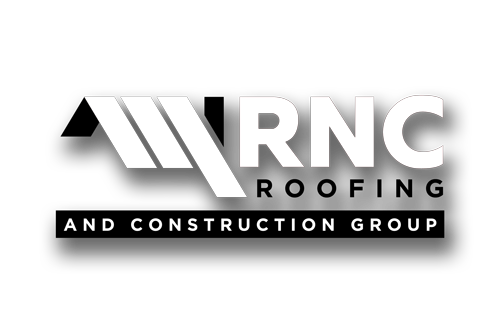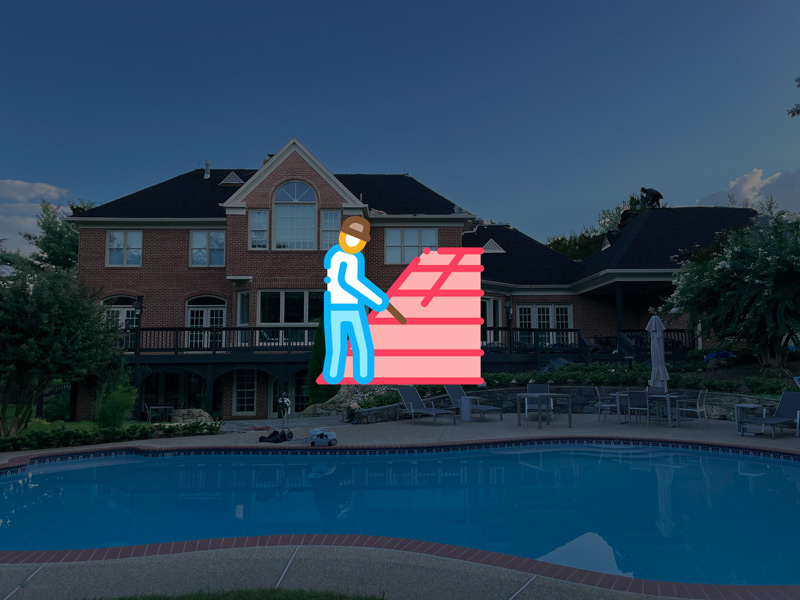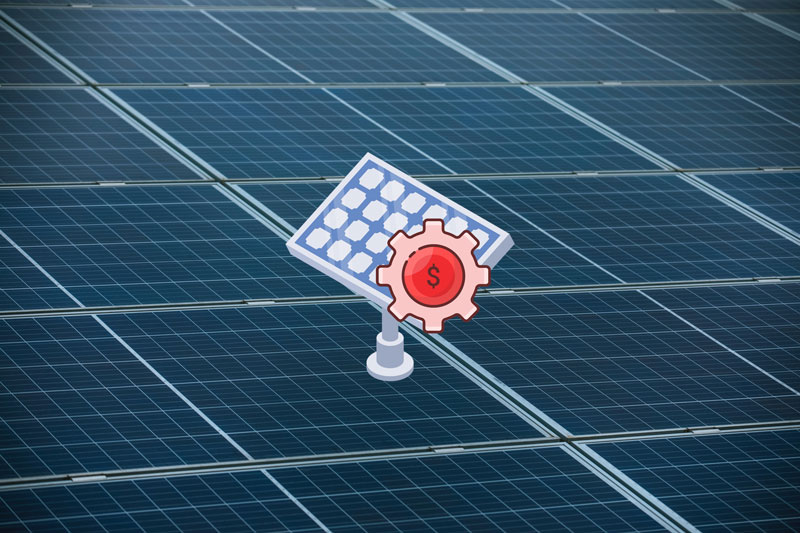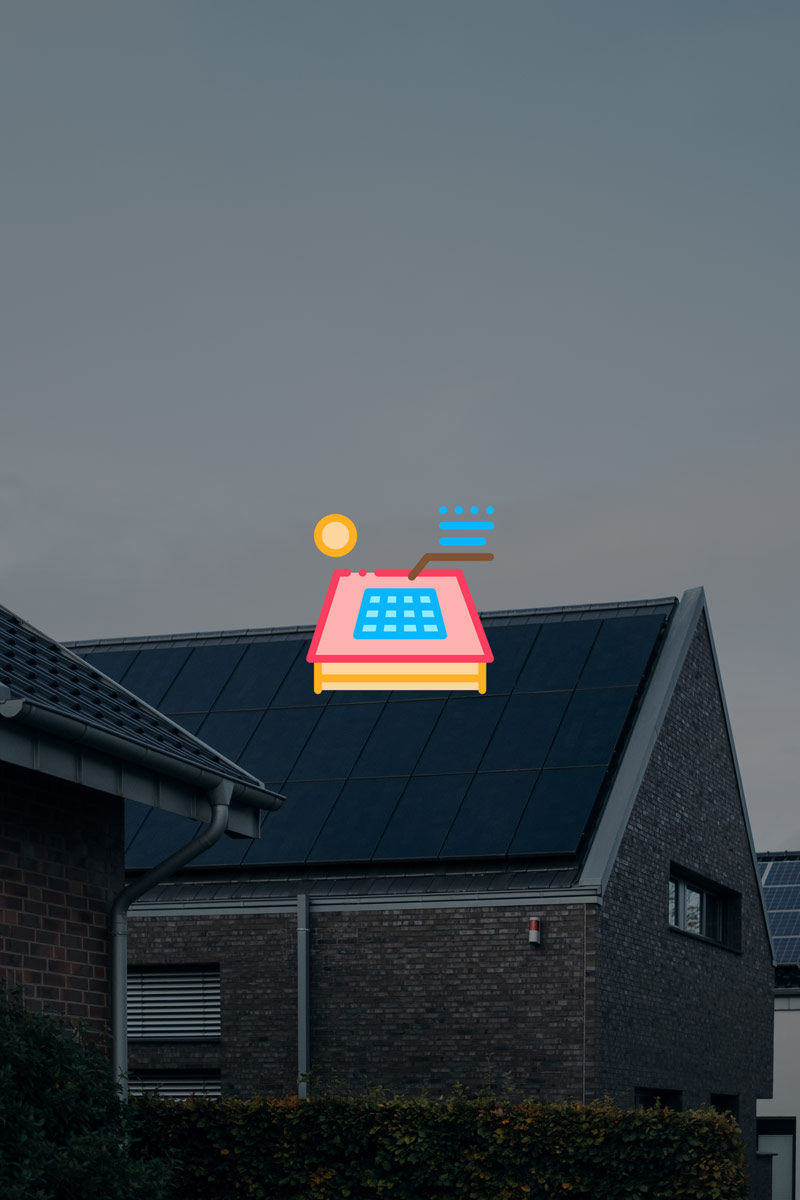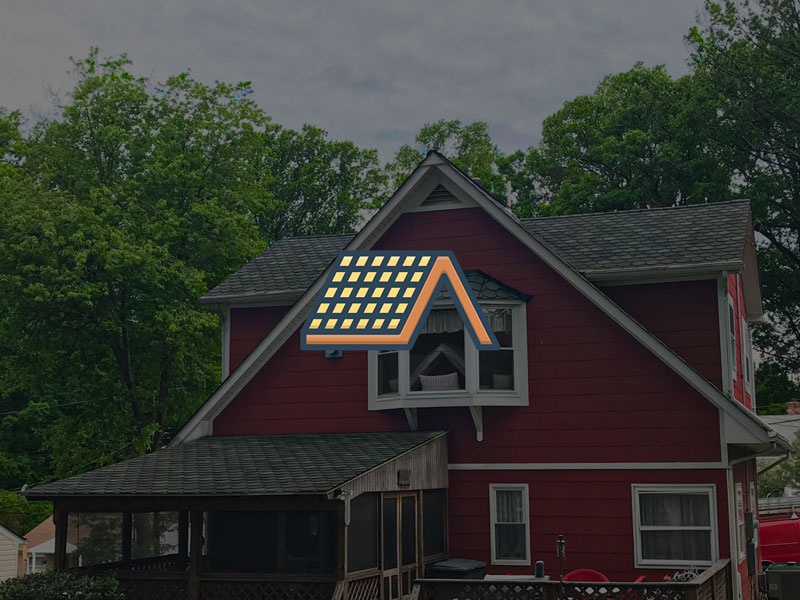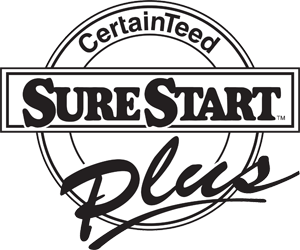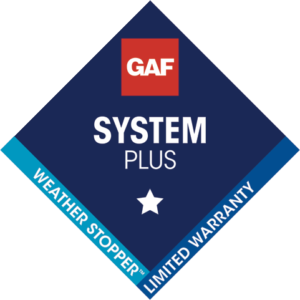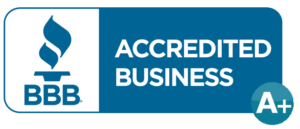Black Mold from Roof Leak: Causes, Dangers, and Prevention
Black mold , scientifically known as Stachybotrys chartarum, is a type of fungus that thrives in damp and humid conditions. It often appears as black or greenish-black patches and can release airborne spores, which can pose health risks when inhaled or touched. Black mold exposure has been linked to respiratory problems, allergic reactions, asthma exacerbation, and other health issues, especially in individuals with weakened immune systems. Today we will explore Black Mold From Roof Leak

Understanding Black Mold
Common Causes of Black Mold Growth
- Moisture from Roof Leaks: One of the primary causes of black mold growth is moisture intrusion resulting from roof leaks. When water enters through a compromised roof, it can seep into the building’s structure, providing the ideal environment for mold to thrive.
- Condensation: Poor ventilation or inadequate insulation in attics and roof spaces can lead to condensation, creating moisture buildup that encourages black mold growth.
Health Risks Associated with Black Mold Exposure
Exposure to black mold can pose various health risks, particularly for individuals with respiratory conditions, allergies, or weakened immune systems. Some potential health effects of black mold exposure include:
- Allergic Reactions: Black mold spores can trigger allergic reactions, such as sneezing, coughing, itching, and watery eyes, in sensitive individuals.
- Respiratory Issues: Prolonged exposure to black mold may cause respiratory problems, including wheezing, difficulty breathing, and asthma symptoms.
- Irritation and Infections: Direct contact with black mold or its spores can lead to skin rashes, irritation, and even fungal infections in susceptible individuals.
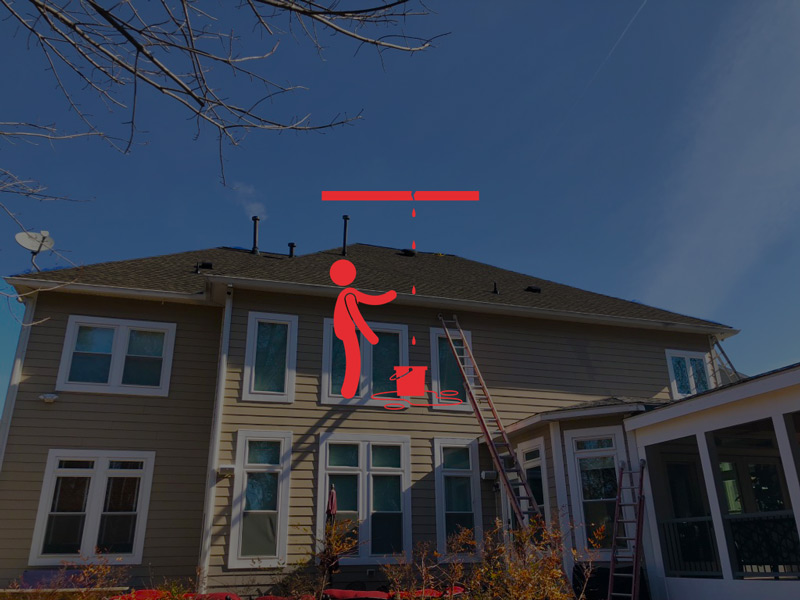
Roof Leaks: Causes and Signs
Common Causes of Roof Leaks
Roof leaks can occur due to various factors, and addressing these causes is essential to prevent potential black mold growth and maintain roofing energy efficiency. Some common causes include:
- Damaged or Missing Shingles: Roofing materials, including shingles, can deteriorate over time due to age, weather exposure, or improper installation. Damaged or missing shingles create openings for water to penetrate the roof system.
- Improper Roof Flashing: Flashing, which is designed to direct water away from vulnerable areas such as roof valleys, chimneys, and skylights, can deteriorate or be improperly installed, leading to leaks.
- Clogged Gutters and Downspouts: When gutters and downspouts become clogged with leaves, debris, or ice, water can overflow and seep under the roof, causing leaks.
Identifying Signs of Roof Leaks
Detecting roof leaks early can help prevent extensive damage and the subsequent growth of black mold. Look out for the following signs that may indicate a roof leak:
- Water Stains on Ceilings or Walls: Brownish or yellowish stains on ceilings or walls can be an indication of water infiltration from a roof leak.
- Damp or Musty Odors: A persistent musty smell indoors, particularly in the attic or upper levels of the house, may indicate hidden moisture from a roof leak.
- Sagging or Discolored Roof Decking: If you notice any areas of the roof deck appearing saggy or discolored, it could be a sign of long-standing moisture damage caused by a leak.
How Roof Leaks Contribute to Black Mold Growth
Roof leaks provide the moisture necessary for black mold to thrive. When water infiltrates the roof system, it can seep into the structural components, insulation, and other building materials. Over time, the accumulated moisture creates a favorable environment for black mold spores to germinate and proliferate. The presence of black mold not only poses health risks but also compromises the energy efficiency of the roofing system.
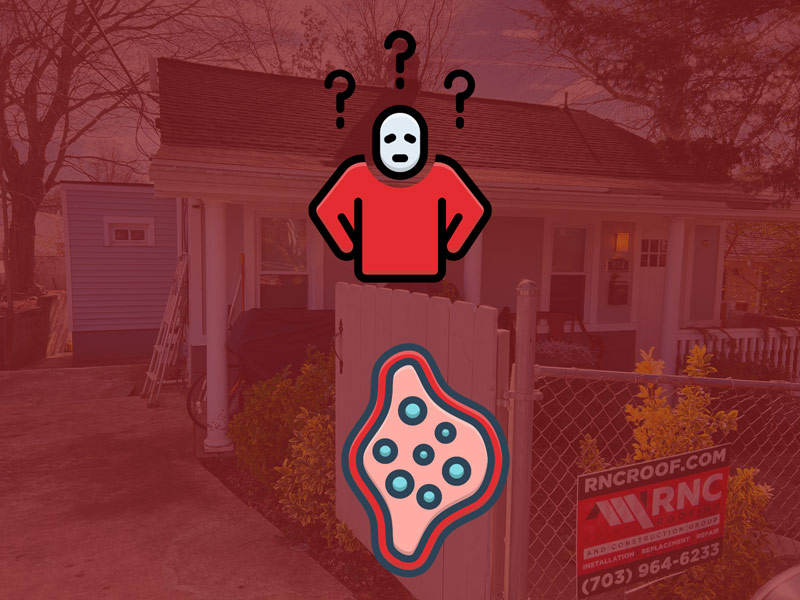
Impact of Black Mold from Roof Leaks
Potential Structural Damage Caused by Black Mold
Black mold growth resulting from roof leaks can lead to significant structural damage to the affected building. Over time, the moisture provided by roof leaks creates an environment conducive to the growth of black mold. As the mold spreads, it can gradually deteriorate various structural components, including:
- Wood: Black mold can cause decay and weakening of wooden structures, such as roof trusses, joists, and sheathing. This can compromise the overall stability and integrity of the roof system.
- Drywall and Ceiling Tiles: Moisture from roof leaks can penetrate and saturate drywall and ceiling tiles, causing them to become soft, discolored, or crumbly. These damaged materials may need to be replaced to restore the structural integrity of the affected areas.
Adverse Health Effects of Black Mold Exposure
Exposure to black mold resulting from roof leaks can have severe health implications, especially for individuals with respiratory conditions or weakened immune systems. Some potential health effects include:
- Allergic Reactions: Inhaling or coming into contact with black mold spores can trigger allergic reactions, such as coughing, sneezing, nasal congestion, skin irritation, or eye irritation.
- Respiratory Issues: Prolonged exposure to black mold can lead to respiratory problems, including asthma attacks, difficulty breathing, and respiratory infections.
- Toxic Effects: Certain strains of black mold produce mycotoxins, which can cause toxic effects when inhaled or ingested. These toxins can affect the central nervous system, leading to symptoms such as headaches, fatigue, dizziness, and even neurological issues.
Risks of Delaying Remediation Efforts
Delaying the remediation of black mold resulting from roof leaks can exacerbate the issues mentioned above. It is important to address the problem promptly to mitigate the potential risks associated with black mold exposure and prevent further structural damage. By delaying remediation, the mold can spread to larger areas, increasing the complexity and cost of the cleanup process. Moreover, the longer the mold persists, the higher the chances of prolonged exposure and adverse health effects for occupants.

Prevention and Maintenance
Regular Roof Inspections and Maintenance
Regular roof inspections and maintenance play a crucial role in preventing roof leaks and the subsequent growth of black mold. By conducting routine inspections, homeowners can identify potential issues early on and address them proactively. Here are some key steps to consider:
- Schedule Professional Inspections: Engage the services of a qualified roofing professional to conduct thorough inspections at least once a year or after significant weather events. These inspections will help identify any existing or potential roof leaks.
- Address Repairs Promptly: If any issues or signs of damage are detected during inspections, it is essential to address them promptly. Repair damaged or missing shingles, fix faulty flashing, and seal any gaps or openings in the roof system to prevent water infiltration.
Identifying Vulnerable Areas Prone to Leaks
Certain areas of the roof are more prone to leaks and require special attention during inspections and maintenance. Identifying these vulnerable areas can help homeowners take preventive measures to minimize the risk of roof leaks. Focus on the following:
- Roof Valleys: Roof valleys, where two roof planes meet, are susceptible to water accumulation and leaks. Ensure proper installation of flashing in these areas to prevent water penetration.
- Skylights and Chimneys: Skylights and chimneys are potential sources of roof leaks if their flashing or seals deteriorate over time. Regularly inspect and maintain these structures to prevent water infiltration.
Effective Strategies for Preventing Roof Leaks and Black Mold Growth
Implementing effective strategies for preventing roof leaks is essential for maintaining roofing energy efficiency and avoiding black mold growth. Consider the following preventive measures:
- Maintain Good Attic Ventilation: Adequate attic ventilation helps regulate temperature and moisture levels, reducing the risk of condensation and mold growth. Ensure proper installation and functioning of vents and exhaust fans.
- Clean and Maintain Gutters: Regularly clean gutters and downspouts to prevent clogs that can lead to water overflow and roof leaks. Ensure water is directed away from the foundation to minimize water infiltration.
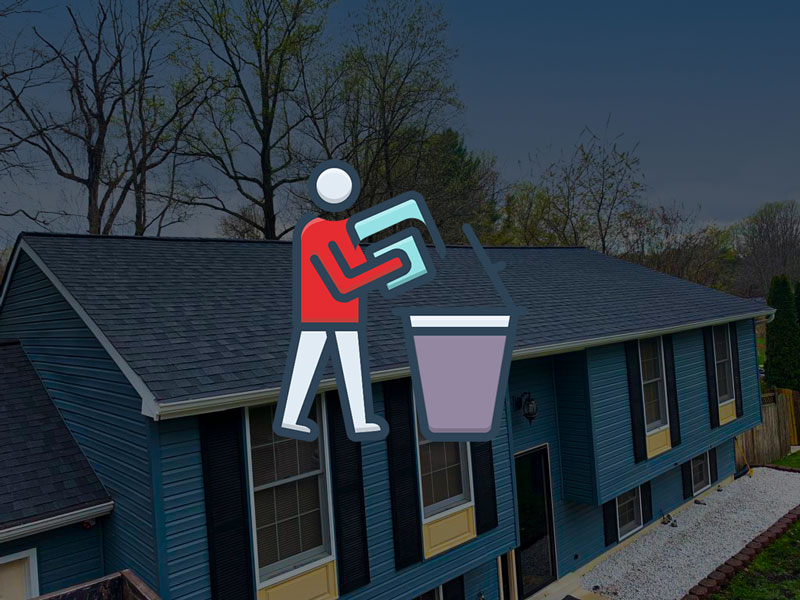
Remediation and Cleanup
Professional vs. DIY Mold Remediation
When dealing with black mold resulting from roof leaks, it’s important to consider whether to opt for professional mold remediation or attempt a do-it-yourself (DIY) approach. While minor mold problems may be manageable with DIY methods, larger or extensive infestations typically require the expertise of professionals. Consider the following factors:
- Scale of the Infestation: If the black mold growth covers a small area (typically less than 10 square feet), DIY remediation may be feasible. However, for larger areas or widespread mold issues, professional intervention is recommended to ensure thorough removal and prevent further spread.
- Safety Concerns: Black mold remediation involves handling potentially hazardous materials and using specialized equipment. Professionals are trained to follow safety protocols and use appropriate protective gear, minimizing the risk of exposure and ensuring safe cleanup.
Steps Involved in Mold Cleanup and Removal
Whether opting for professional or DIY mold remediation, certain essential steps should be followed to effectively remove black mold from roof leaks. These steps include:
- Containment: Before starting the cleanup process, it’s crucial to isolate the affected area to prevent mold spores from dispersing to other parts of the building. This is achieved by creating a containment barrier using plastic sheets and using negative air pressure machines.
- Removal of Mold-Infested Materials: Mold-infested materials, such as drywall, insulation, or carpeting, may need to be carefully removed and disposed of to eliminate the source of mold growth. Proper containment and disposal procedures should be followed to prevent cross-contamination.
- Cleaning and Disinfection: Surfaces that can be salvaged should be thoroughly cleaned and disinfected using appropriate fungicides to kill any remaining mold spores. This step helps prevent future mold growth.
Importance of Addressing the Root Cause of Roof Leaks
During the remediation process, it’s crucial to address the root cause of roof leaks to prevent future mold growth and ensure long-term roofing energy efficiency. Merely removing mold without resolving the underlying issue will likely result in recurrence. Consider the following:
- Roof Inspection and Repairs: Engage a professional roofing contractor to assess the roof’s condition and identify the source of the leaks. Promptly repair any damaged or deteriorated components, such as shingles, flashing, or seals, to prevent further water intrusion.
- Improve Roofing Energy Efficiency: As part of the remediation process, consider enhancing the roof’s energy efficiency. This can include installing insulation, reflective roofing materials, or implementing proper ventilation strategies. A more energy-efficient roof can help mitigate moisture-related issues and reduce the risk of future mold growth.
View More Articles
Please Share!
